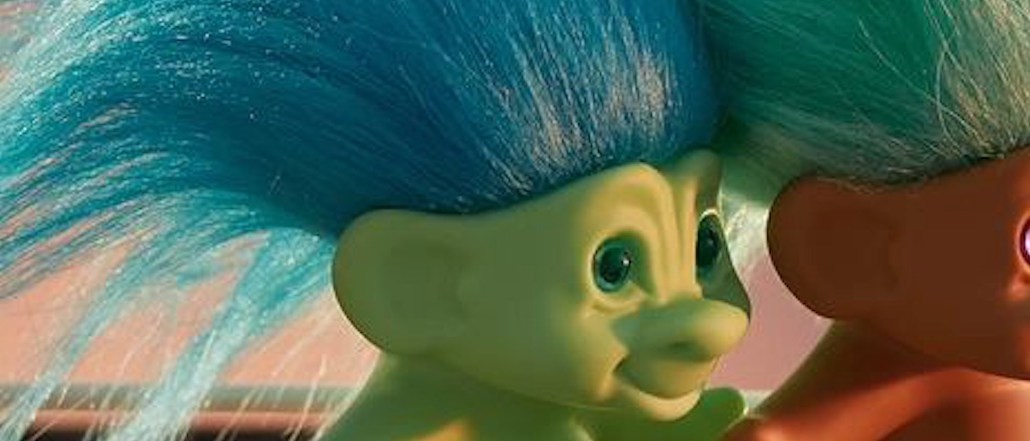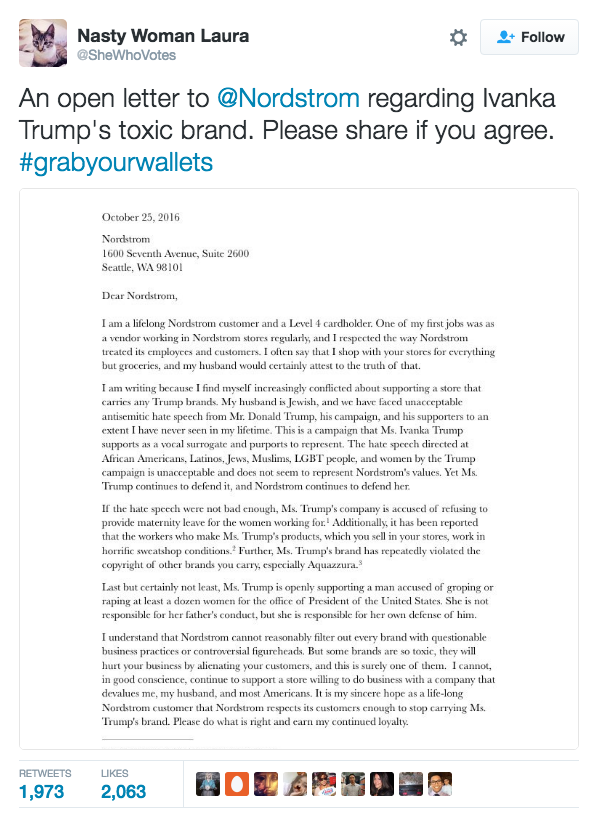
When Dos Equis retired Jonathan Goldsmith last month after a decade-long stint as the “Most Interesting Man in the World,” the brand took no chances at a troll army attack. Its agency, Havas, assembled a 12-person war room in case egg-shaped Twitter types turned vigilantes. For two days, a dozen staffers monitored social media for signs of unrest.
Nothing awful ended up happening. But in an age where trolls and collective outrage thrive online, no brand, hashtag or even person (we’re looking at you, Ken Bone) is safe. And brands, ever protective of their image, are erring on the side of over-caution — even if it means paying a dozen agency staffers to monitor social media for 48 hours.
“It has become easy for brands to reply to these things without much thought, but they should realize that most of the trolling has no material consequences at all,” said Robert Passikoff, founder and president of brand and research consultancy Brand Keys. “They take a small hit for a small bit, and they end up bouncing back. Online chatter may be a good measure for emotion but is a crappy measure for engagement.”
But for marketers, constantly walking on eggshells is the new normal: Social media playbooks everywhere dictate that they need to respond to as much as possible and as often as possible. “It’s just the landscape of social,” said Kevin del Rosario, associate director of social media at Huge. “Social gives everybody a voice, and we as marketers have to listen to all those voices.”

Howard Belk, co-CEO and chief creative officer of branding firm Siegel+Gale, echoed del Rosario’s sentiment, adding that it lets brands take charge of their own narratives. “When everybody has a megaphone, can engage a cohort and create a cacophony, things can easily spin out of control,” he said. “It is prescient for brands to be prepared.”
But listening and being prepared doesn’t necessarily mean that brands have to always react and respond. Brands need to be able to distinguish genuine feedback from being trolled. Sometimes, engaging serves to push the agenda of trolls further, giving them the attention and reaction they seek.
“There’s a fine line between genuine feedback and negative trolls, and you have to be able to tell the difference,” said del Rosario. “Always ask yourself if you can either provide a solution or do something to make it better — and if it’s a no, then usually it’s just noise or fodder that doesn’t make sense reacting to.”
Marketing community management teams have established protocols on how to respond to negative chatter online. At Laundry Service, for example, the first step is to monitor the sentiment and engagement around pushback, said Stephanie Goldman, director of community management at Laundry Service. If both are negatively high, the marketing, PR and legal teams get involved and monitor the situation even more closely for up to 48 hours, while coming up with an approved response. And if things still don’t die down, the approved response is then sent out on the appropriate channel. That, however, does not happen 99 percent of the times, said Goldman.
“Brands sometimes start freaking out, and we have to calm them down,” she said. “In most situations — like one where one of our CPG clients was being challenged to respond online because a former spokesperson had said something controversial — it is best to sit out.”
The numbers confirm that brands rarely have reason to do damage control. Between Sept. 1 and Oct. 27, only 25 percent of the 4,400 mentions of “The Most Interesting Man in the World” were negative, according to Brandwatch. These mentions, which called him a “knock-off” of the original or an “older Michael Phelps,” probably didn’t need 12 people on deck to respond.
Even Nordstrom — which has recently been called out by a loyal consumer for carrying the Ivanka Trump brand weeks before Election Day — is safe from collateral damage. A recent survey by Brand Keys showed that 51 percent of respondents were still “extremely” or “very” willing to keep Trump’s clothes and shoes on their shopping lists.
That’s not to say, of course, that there aren’t instances where negative chatter and trolls online become difficult to ignore. This year’s E. coli outbreak at Chipotle and Samsung’s exploding phone fiasco are serious fodder for both trolls and real causes for concern for the brands. Such substantive failures do require a deliberate and well-orchestrated response.
“Certain polarizing issues deserve more thoughtful responses, and social platforms may not be the best medium for these,” said Will McInnes, CMO of Brandwatch.
More in Marketing

Pandora is betting on AI agents to scale service and emotional selling during the peak holiday season
Pandora is using AI agents to scale customer service and replicate emotional in-store selling online, just as peak season puts pressure on margins and teams.

Rembrand’s CEO wants to grow virtual ad placements in streaming, and he’s looking elsewhere for models
Omar Tawakol wants to improve advertising within the streaming world, and is working with advertisers and publishers to improve that experience.

Marketers are keen to use generative AI in ad campaigns, but hidden costs lurk
Marketers across the industry want to use AI to cut down on time spent in creative production. It’s not so simple in practice.





